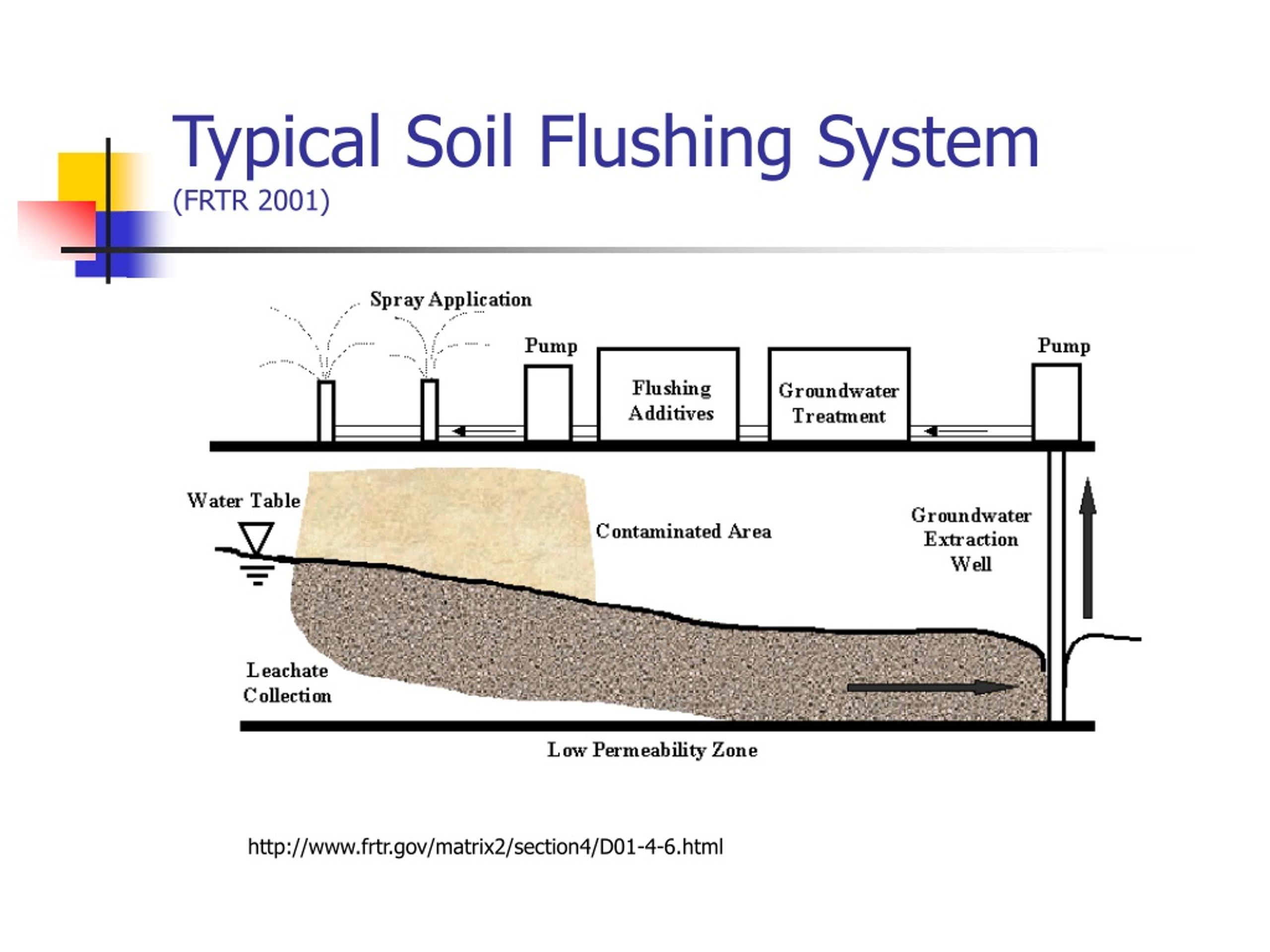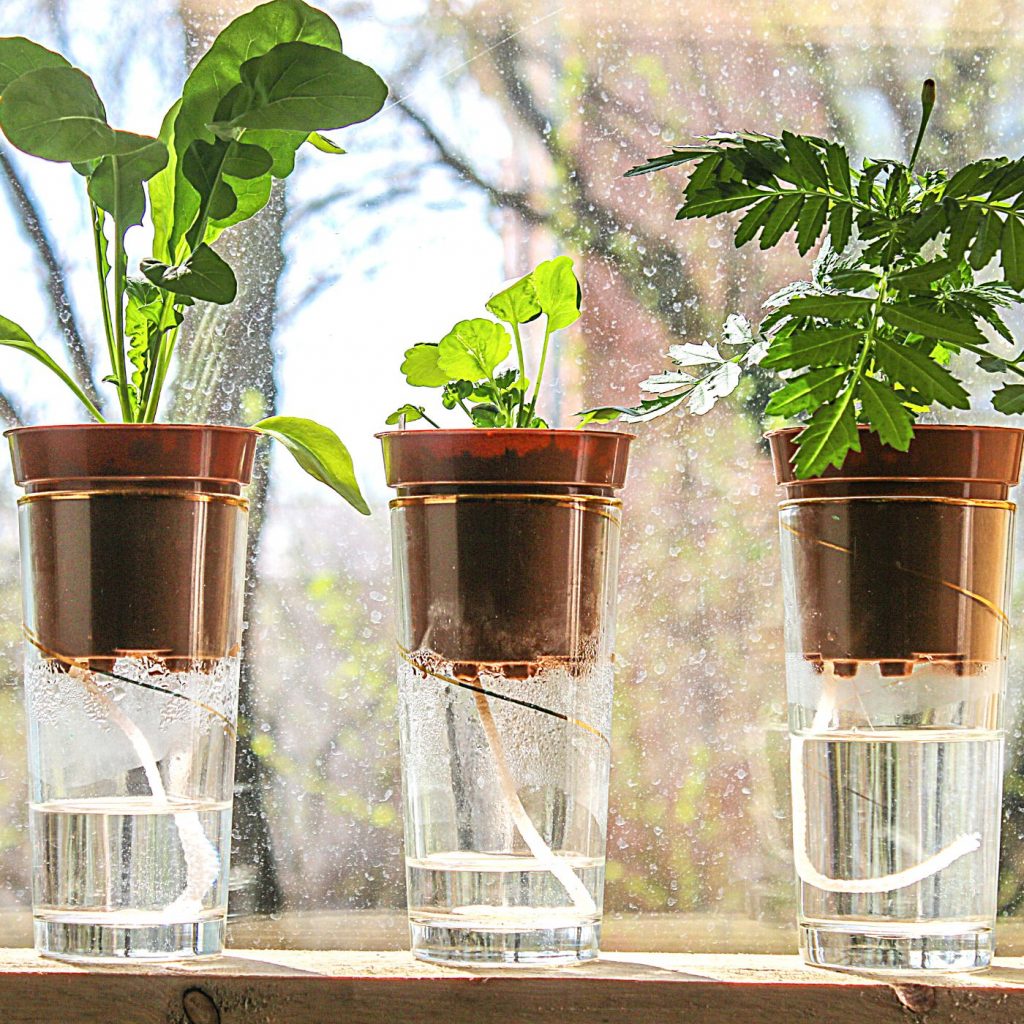How Soil Flushing Transformed a Toxic Land into a Thriving Garden

Soil flushing isn’t just a technical fix—it’s an exercise in environmental psychology, risk management, and trust-building. When I first encountered this method back in 2017 on a brownfield site near the old rail yards, I was struck less by the science (which is fascinating!) and more by the emotional stakes: the fear of spreading contamination, the pressure to deliver results fast, and the hope that maybe—just maybe—there was a path to redemption for that battered soil.

What makes soil flushing psychologically compelling? It’s all about harnessing our instinct for control: transforming anxiety into action. Instead of waiting for contaminants to fizzle out over decades or risking chaos with excavation trucks, you take an active role—injecting solutions, monitoring every move, seeing numbers drop on your lab reports. You become part scientist, part conductor orchestrating an underground symphony.
Let’s break down why this feels so empowering—and how to channel that energy wisely.
The Psychology Behind Soil Flushing: Why “Active Remediation” Feels Right
Ever notice how we humans crave progress we can see and measure? There’s something deeply satisfying about watching charts trend downward or knowing each gallon extracted carries away another slug of pollution. This isn’t just about environmental stewardship; it’s about tapping into our need for accomplishment and closure.
But here’s where psychological nuance matters: Soil flushing is all about balance. The urge to push harder—to flush faster, add stronger chemicals—can backfire spectacularly if you’re not careful. It reminds me of when I first tuned flow rates too high on a sandy lot: instead of cleaning efficiently, we nearly sent hydrocarbons racing toward a neighbor’s well! That minor panic taught me respect for restraint (and triple-checking monitoring wells).
How Soil Flushing Actually Unfolds (And Why Each Step Matters Psychologically)
Think of each phase as building trust—not just with regulators and neighbors but within your cleanup team:
-
Site Characterization = Reducing Uncertainty
Humans hate unknowns; ambiguity breeds fear. Gathering dense data on contaminant plumes and soil types is like shining a flashlight into a dark attic—you can’t fight what you can’t see. -
Choosing the Flushing Agent = Anticipating Outcomes
Here’s where cognitive bias creeps in: We might want to reach for “miracle” surfactants or chelators because they sound powerful—but experience (and some failed pilot tests) taught me that simpler often works better. During one project in 2020, after two expensive chemical blends fizzled out against diesel residues, plain water plus gentle agitation finally did the trick—saving $18k in supply costs alone! -
System Setup = Designing for Confidence
Installing wells always makes teams nervous (“What if we place them wrong?”). I recommend using visualization software like MODFLOW—it transforms vague guesses into clear flow maps everyone can believe in. Every time we’ve shared these simulations at neighborhood meetings, anxiety visibly drops; people want proof their backyard won’t turn into an accidental river. -
The Flushing Process = Satisfying Our Need for Progress
Imagine standing by an extraction well: hearing the hum of pumps, smelling faint earthiness as fluids rise up tubing, watching glass vials fill with water tinged by last year’s spills. That sensory feedback is powerful—it keeps morale high during long remediation cycles. -
Effluent Treatment & Monitoring = Managing Expectations
Here’s where patience pays off psychologically: sometimes weeks go by without dramatic reductions in pollutants. Early on, I’d get discouraged…until realizing that slow improvement meant contaminants weren’t escaping elsewhere—a win most people miss unless they track both what leaves and what stays put. Sharing this double metric builds credibility with clients and regulators alike.
When Things Go Wrong: Harnessing Setbacks as Motivators
No remediation ever goes perfectly—I still remember my first major hiccup when a patchy clay lens blocked flow entirely during flushing at an industrial park in 2018. The initial reaction? Frustration and self-doubt (“Did I mess up the soil survey?”). But reframing setbacks as puzzles rather than failures turned things around fast.
We held daily huddles—literally standing over core samples while swapping theories like detectives—and eventually rerouted injection points based on dye tracing results from a simple Kool-Aid test (yes, red tongues all around!). That bit of playful experimentation broke tension and led directly to breakthrough flow paths…and eventual regulatory sign-off three months later than planned but under budget.
The psychological lesson: Invite curiosity instead of shame when things stall out.
Real-World Stories (Because Data Alone Doesn’t Motivate Teams)
- Gas Station Turnaround: In one neighborhood gas station case, local business owners were losing hope their site could ever reopen due to benzene contamination. After months of explaining complex chemistry with little buy-in, I brought in clear jars showing before-and-after effluent samples—the visible change made belief real.
- Heavy Metal Headaches: At an old plating shop plagued by chromium hotspots in sticky subsoil layers, our pilot test initially left more metal behind than extracted—demoralizing! We regrouped with input from university partners and switched to staggered agent application based on real-time pH readings from handheld Hanna meters ($350 investment)—the next cycle doubled removal rates.
- Solvent Surprises: Sometimes success comes simply—a TCE plume beneath warehouse flooring disappeared almost entirely after four months’ water-only flushing because fieldwork confirmed those soils were unusually permeable (a rare treat!).
Each win wasn’t just technical—it restored faith among landowners who’d been told “nothing else will work.”
Why This Approach Works Emotionally AND Technically
Soil flushing leverages two key psychological levers:
- Agency:
People involved get to steer the process—instead of passively hoping contaminants degrade naturally over decades or dreading disruptive excavation. - Feedback:
Regular sampling offers tangible proof-of-progress—a deeply motivating factor both for teams slogging through long projects and communities desperate for closure.
Just remember: the temptation to push too hard can undo gains if it leads to offsite migration or unexpected side effects (like chemical residues). Celebrate incremental progress; communicate setbacks openly; invite creative troubleshooting when standard tactics hit snags.
Your Next Steps—With Confidence
If you’re considering soil flushing right now:
- Gather granular data (pun intended!)—the clearer your mental model of what lies beneath, the less anxiety you’ll feel at each decision point.
- Insist on small-scale trials first—even if eager stakeholders pressure you otherwise.
- Budget extra time/money up front for surprises; it feels counterintuitive but reduces stress once fieldwork starts.
- Make progress visible—not just with spreadsheets but with photos/videos/samples that turn abstract concepts into shared wins.
- And always keep communication flowing both ways—with your technical team AND affected neighbors or clients.
Above all else? Treat every step as an experiment rather than a verdict—the psychological shift from “must not fail” to “let’s learn quickly” turns remediation from dread-inducing chore into energizing challenge.
Soil flushing isn’t magic—but it is transformative when approached with curiosity, transparency, and smart design rooted as much in human psychology as hydrogeology. If you want help brainstorming site-specific strategies—or need ideas on sharing progress visually—I’m genuinely excited to dive deeper together!



